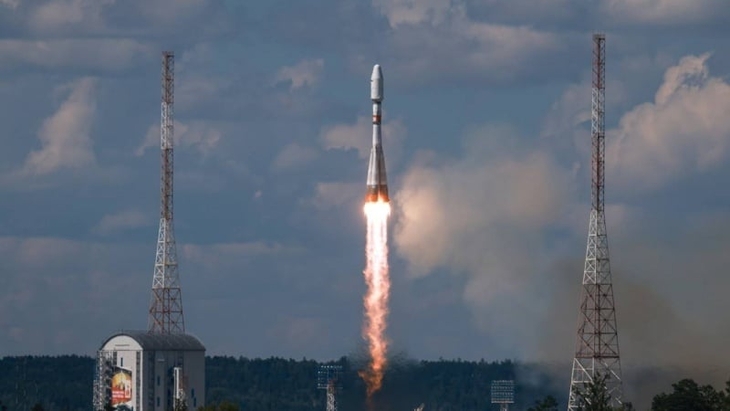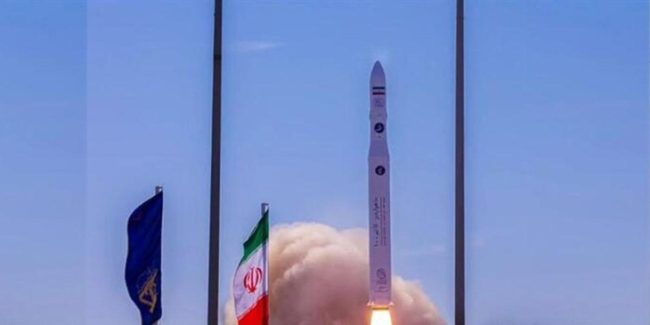
Iran Marks New Milestone by Launching Satellite with Indigenous Technology
Iran has achieved a significant milestone in space technology by successfully launching its domestically developed telecommunications satellite “Nahid-2” into space. The satellite was sent into orbit on Friday (July 25) using Russia’s Soyuz launcher.
With this launch, Iran has become the ninth country in the world to design, manufacture, and deploy a satellite entirely using its own technology—joining an elite group of just eight other nations with this capability.
According to the Iranian daily Tehran Times, Nahid-2 is equipped with an advanced propulsion system capable of adjusting its orbital altitude by up to 50 kilometers. The satellite includes a high-performance hot gas thruster, composite fuel tank, high-pressure valve, and a precise control mechanism—all developed in Iran.
Weighing 110 kilograms, Nahid-2 will orbit the Earth at an altitude of 500 kilometers for an estimated duration of two years. The satellite was successfully launched from a Russian cosmodrome.
Iran’s Ministry of Information and Communications Technology stated that Nahid-2 represents a key step in developing a national satellite communication network, creating a constellation of Low Earth Orbit (LEO) satellites, and preparing for future high-orbit missions.
Hassan Salarieh, head of the Iranian Space Agency (ISA), previously announced that Iran plans to launch several more satellites by 2025—including Zafar-1, Payam, and another in the Nahid series. He added that designs for the next generation of Nahid satellites are already underway.

Looking ahead, Iran aims to use its own launch vehicles for future satellite deployments.
Iran’s progress in aerospace technology has drawn international attention. A report by Newsweek noted that Iran’s continued space program, especially in cooperation with Russia, could prompt increased scrutiny from Western powers—particularly in light of renewed nuclear negotiations.
Tehran, meanwhile, is framing this achievement as a symbol of national scientific resilience and strategic advancement.
